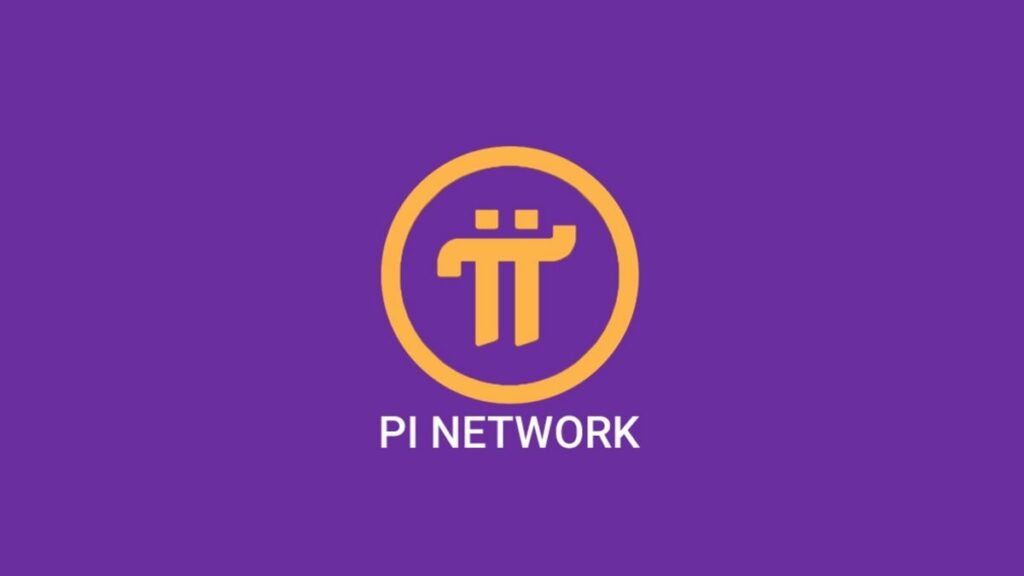Benefits and Challenges of Remote Work

Remote work has become a significant part of the modern workforce, especially after the global shift brought on by the COVID-19 pandemic. While many organizations and employees have embraced this flexible work arrangement, it comes with both benefits and challenges. Understanding these aspects is crucial for companies and professionals navigating the remote work landscape.
Benefits of Remote Work
1. Increased Flexibility and Work-Life Balance
One of the biggest advantages of remote work is the flexibility it offers. Employees can tailor their work schedules to better fit their personal lives, leading to improved work-life balance. This flexibility allows workers to manage personal responsibilities, such as childcare and household tasks, without compromising their professional commitments.
2. Higher Productivity and Efficiency
Studies have shown that remote workers tend to be more productive compared to their in-office counterparts. Without the distractions of a traditional office environment, employees can focus better on tasks. Additionally, remote work eliminates time-consuming commutes, allowing employees to start their day with more energy and efficiency.
3. Cost Savings for Employers and Employees
Remote work reduces costs for both businesses and employees. Companies save on expenses related to office space, utilities, and supplies, while employees save on commuting costs, work attire, and daily meals. These financial benefits make remote work an attractive option for both parties.
4. Access to a Global Talent Pool
Companies that embrace remote work can hire talent from around the world. This expands the available talent pool and allows organizations to find the best professionals, regardless of their location. Employees, in turn, have access to job opportunities that were previously limited by geographical constraints.
5. Positive Environmental Impact
Remote work significantly reduces carbon footprints by decreasing the need for commuting and office energy consumption. With fewer people traveling to work, there is a reduction in traffic congestion, fuel consumption, and air pollution, making remote work an environmentally friendly option.
Challenges of Remote Work
1. Communication and Collaboration Barriers
One of the main challenges of remote work is maintaining effective communication. Without face-to-face interactions, miscommunication can occur, leading to misunderstandings and decreased team cohesion. Collaboration tools like Slack, Zoom, and Microsoft Teams help bridge this gap, but they cannot fully replace in-person interactions.
2. Feelings of Isolation and Loneliness
Remote workers often experience feelings of isolation due to the lack of social interaction with colleagues. In an office setting, employees naturally engage in conversations, team activities, and social events, which are less frequent in remote work. Employers must find ways to foster virtual team bonding to maintain a sense of connection.
3. Difficulty in Separating Work and Personal Life
While remote work improves flexibility, it can also blur the lines between professional and personal life. Some employees struggle to establish boundaries, leading to longer working hours and burnout. Creating a dedicated workspace and setting clear work schedules can help maintain a balance.
4. Security and Data Privacy Risks
Working remotely increases cybersecurity risks, as employees may use personal devices and unsecured networks. Companies must implement strict security protocols, such as VPNs, encrypted communications, and regular cybersecurity training, to protect sensitive information.
5. Performance Monitoring Challenges
For managers, monitoring employee performance can be challenging in a remote setting. Traditional supervision methods do not apply, requiring businesses to shift towards results-oriented performance evaluations rather than time-based assessments. Implementing clear goals and using productivity tracking tools can help address this issue.
Conclusion
Remote work is here to stay, offering numerous benefits such as flexibility, cost savings, and increased productivity. However, it also presents challenges like communication barriers, isolation, and security risks. Companies and employees must adapt to new strategies to maximize the advantages while mitigating the downsides. By embracing technology, fostering collaboration, and setting clear boundaries, remote work can be an effective and sustainable work model for the future.


























































